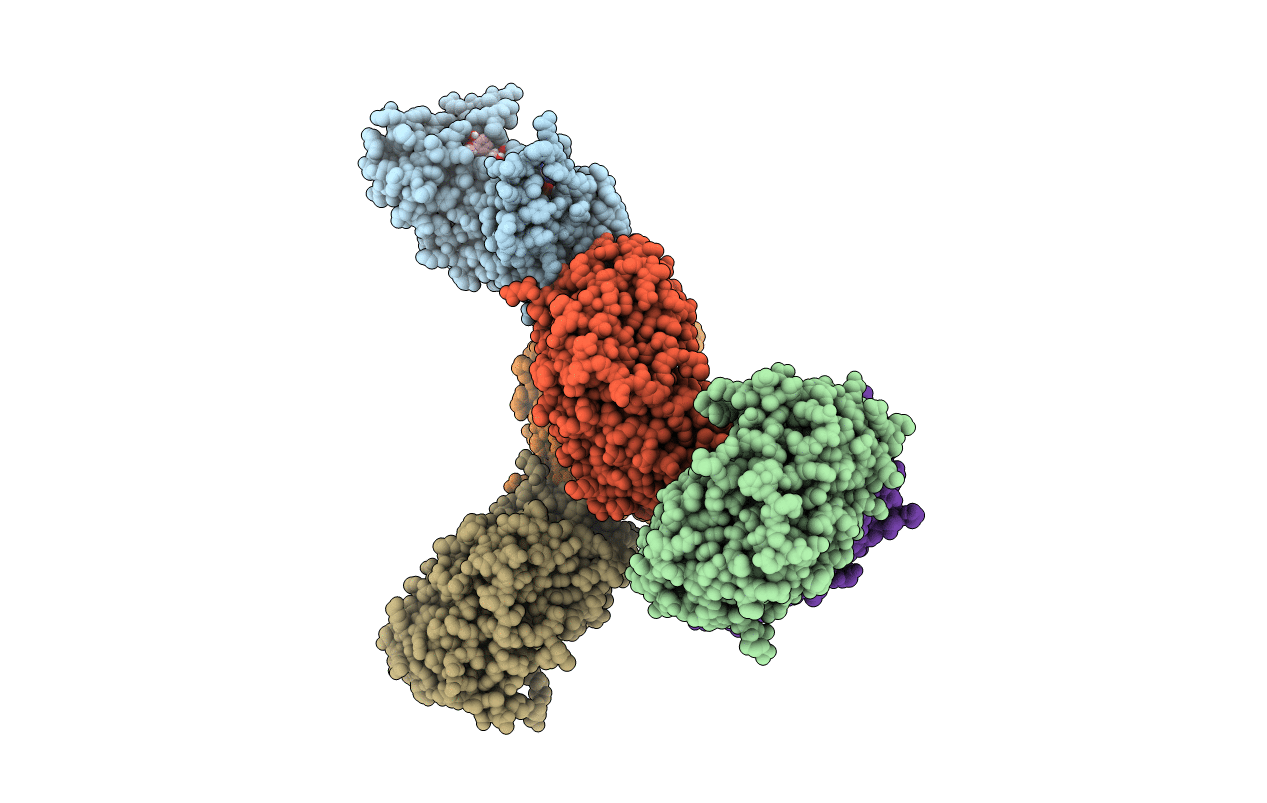
Deposition Date
2020-08-14
Release Date
2021-06-09
Last Version Date
2023-11-29
Method Details:
Experimental Method:
Resolution:
2.60 Å
R-Value Free:
0.34
R-Value Work:
0.27
R-Value Observed:
0.27
Space Group:
P 61


